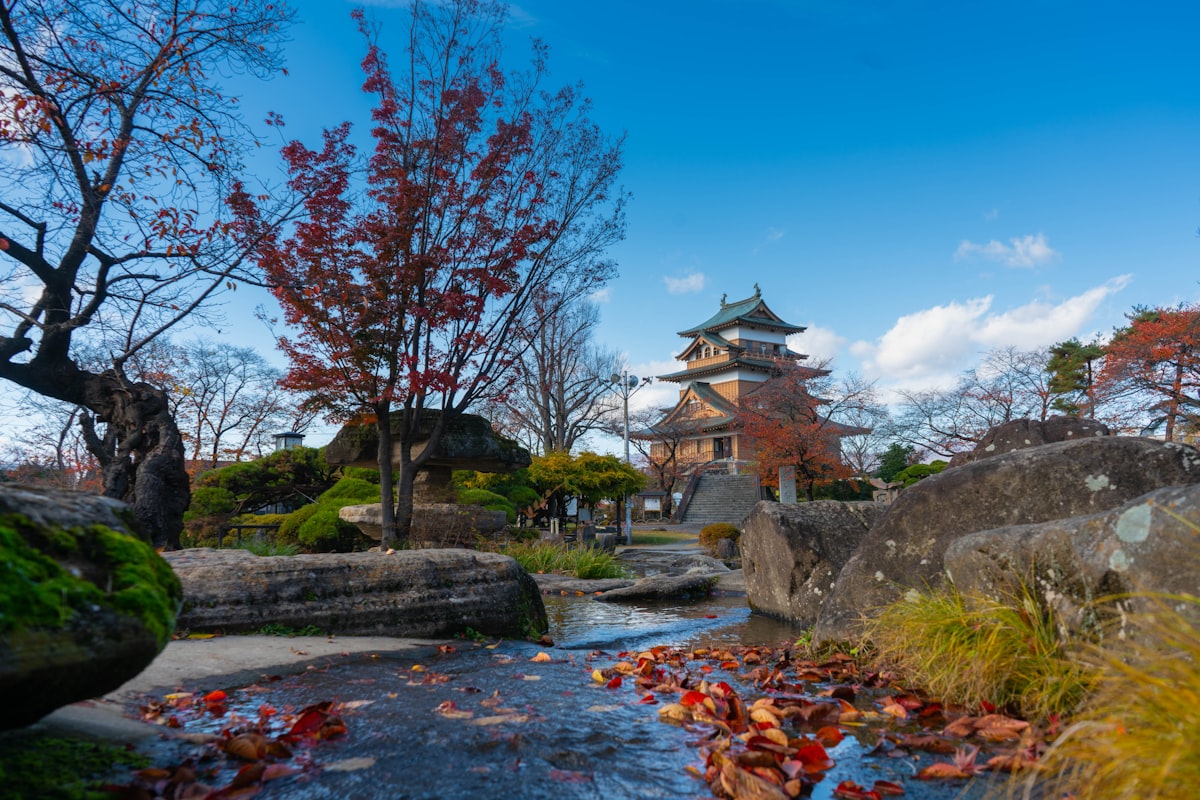The Japanese Feudal Society

1185 CE to 1868 CE
The Japanese feudal society consisted of the emperor, shoguns, daimyo, samurai, and serfs. In feudal times, the emperors could control the land by making agreements with the daimyo and shoguns.
The Emperors ruled Japan for a long time. Many civil wars happened in that time period, and the emperors sent their samurai armies to fight battles against the uprises. For fear of losing their crowns to the elite samurai who lead their fellows into battle, the emperors promoted some of them to shoguns.
Shoguns were the commanders of the emperor's armies. The emperor split the land of Japan into areas ruled by different shoguns so that they would not try to take his throne.
The samurai were the elite soldiers who were part of the king's private army. They carried out missions under the shoguns and if they fought well enough they would be promoted to the rank of shogun.
Daimyo were rich families that owned large amounts of property worked on by their servants, also known as serfs. Serfs were the servants of the daimyo and did basically whatever they were commanded. They were also used to fight for their daimyo.




